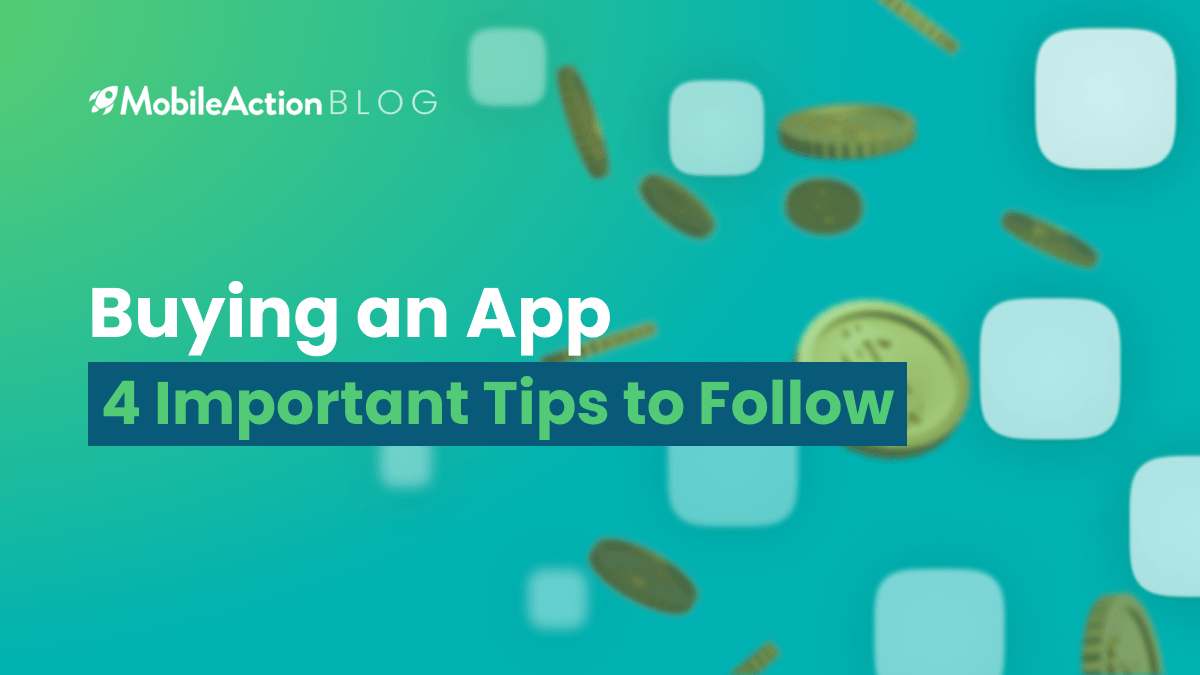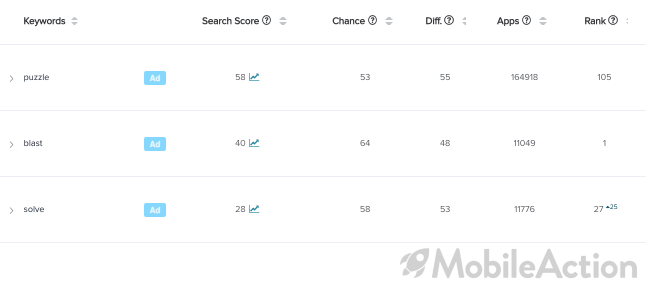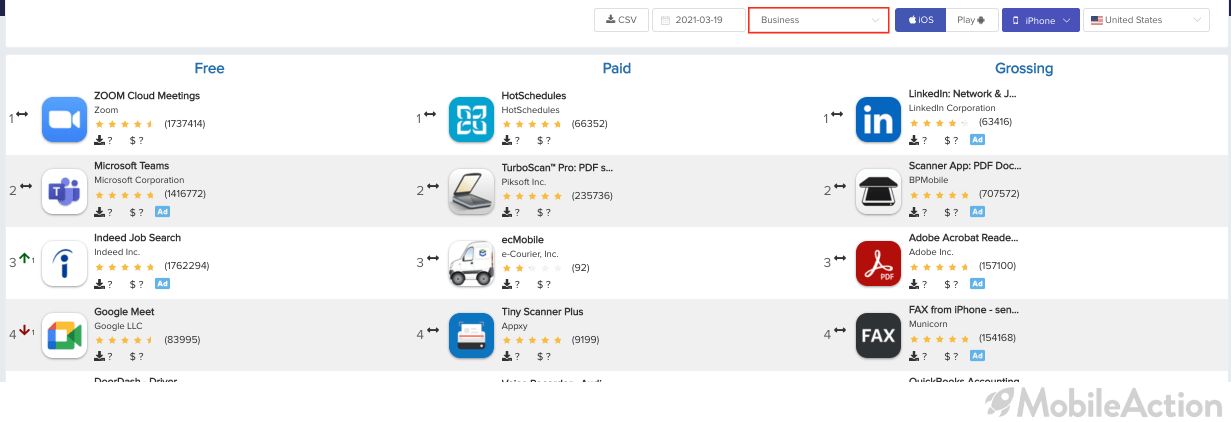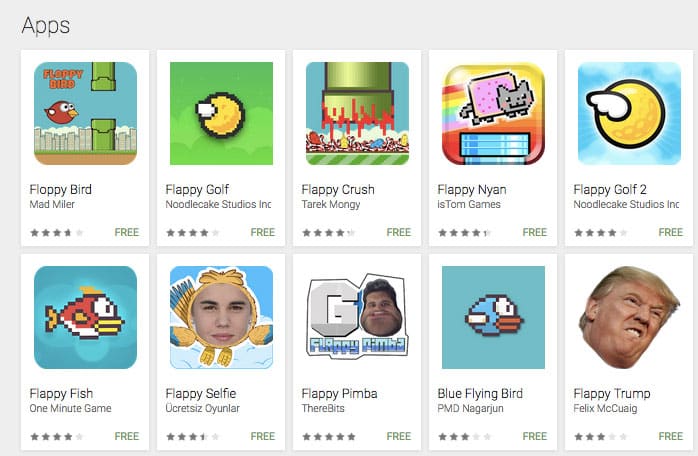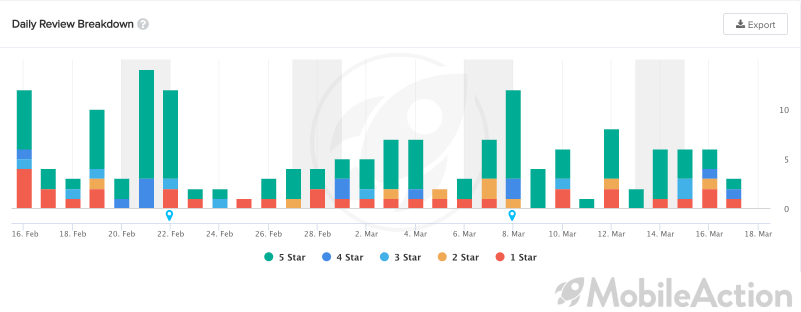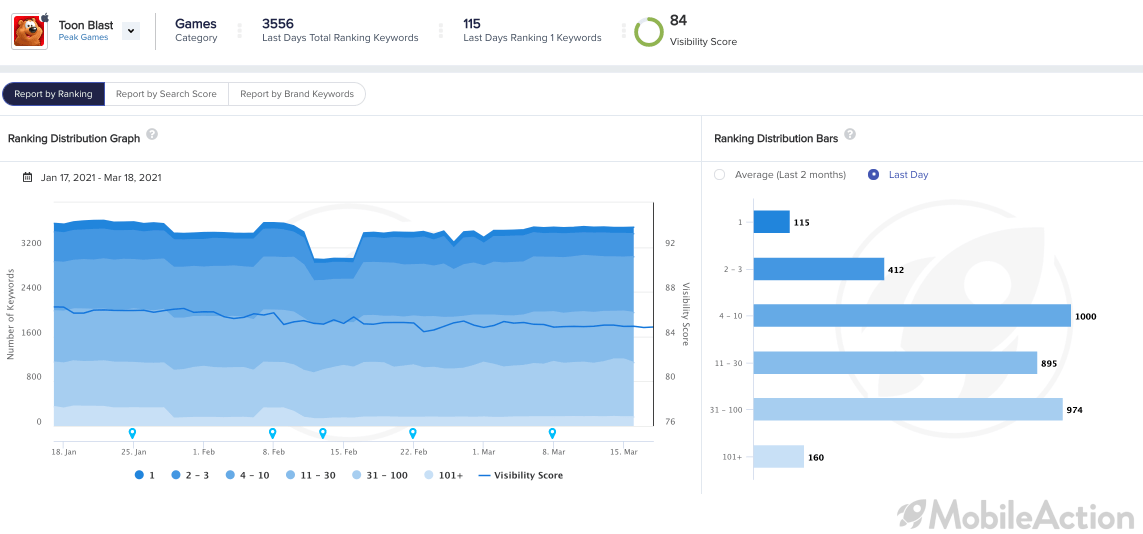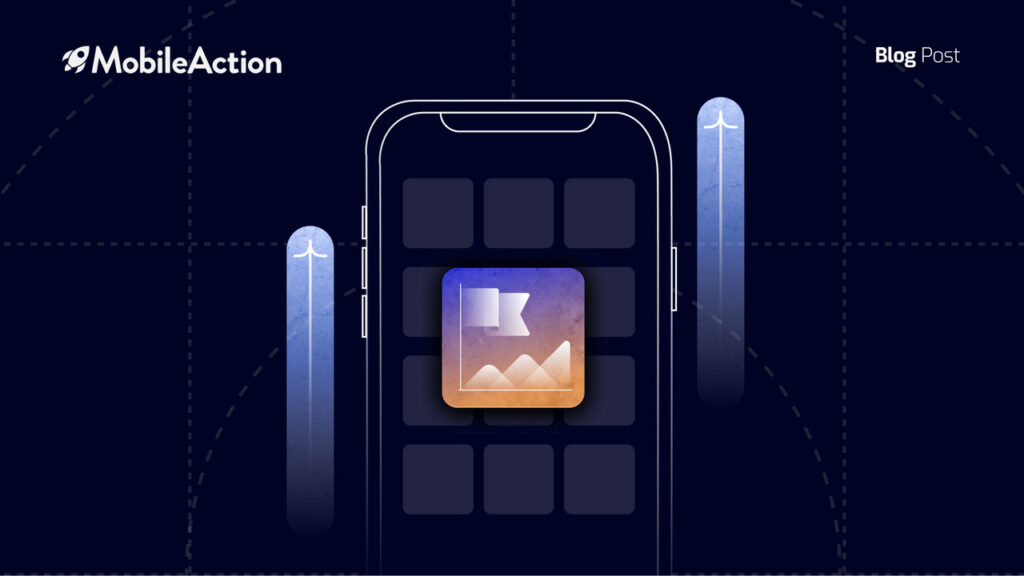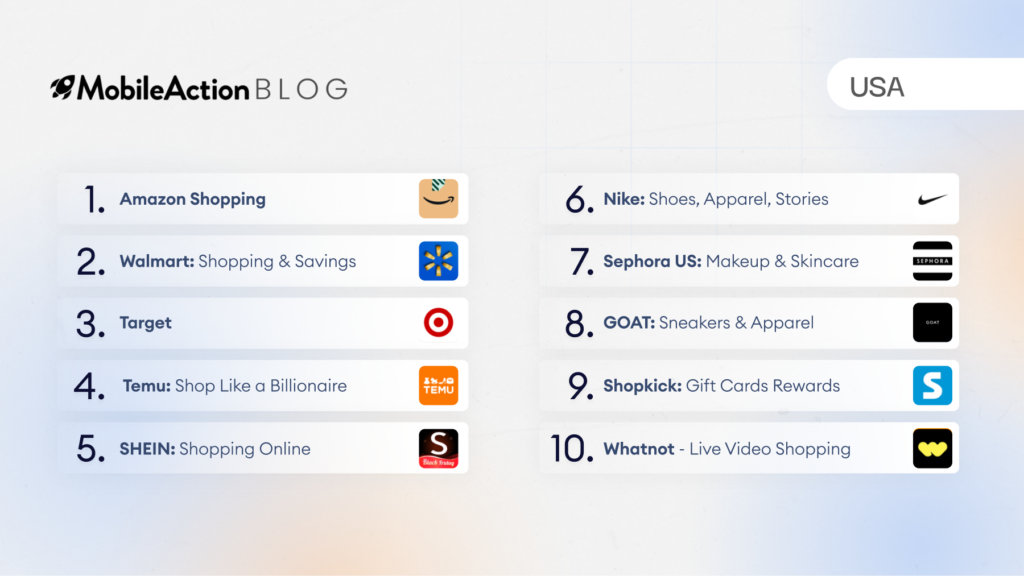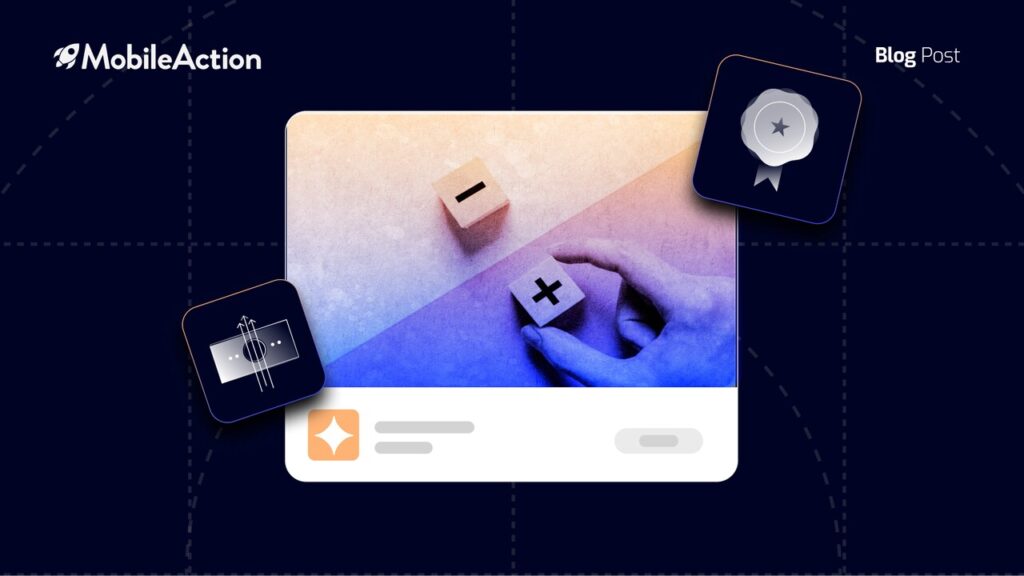Before you initiate negotiations with the publisher, you will want to go into the process knowing a lot more than: “the app is cool and it has a nice icon.” So in this post, we will show you how to take a look at the key things that you should consider, so you have a much better idea of how much you should pay when buying an app.
Before we begin, remember that we are app marketers and developers, not lawyers. This is not legal advice of any kind. It is simply meant to give you a checklist of basic things that you should look at before you start buying apps. Seek the advice of a licensed lawyer or tax advisor if you have any questions about the acquisition process.
Value is in the Eye of the Beholder
There are dozens of reasons that investors may want to buy apps. These can include:
- Cash flow
- Useful technology
- Complement an existing portfolio
- “Fixer-upper” potential
- To eliminate the competition
- Getting access to a bigger user-base
So before you start researching an app, make sure that you are clear about what you want to accomplish with the purchase and focus on that goal.
It can be easy to be tempted to purchase an app for reasons that are not related to the primary goal.
Overall Demand While Buying Apps
The first question that you should ask yourself about an app/portfolio is:
Is there a demand for apps like this?
If there is very little demand for the apps you are looking at buying, then you should probably stop right now. Unless there is something that you know about this market that most people don’t, there needs to be proven demand, if you are to have any chance of success.
If you want to buy apps online this might seem obvious, but in the heat of the moment, it can be easy to get caught up in how cool an app is, and throw facts out the window. To get an idea of how much demand there is for a certain type of app, you can do a couple of things.
First, take a look at the keywords associated with these apps. Is the volume for most of these keywords above 20? This is a core ASO metric that shows you how many people are searching for a keyword.
You can also go directly to the app stores and do a keyword search for these keywords. If no suggestions come up for a keyword search, then you might be in trouble.
Second, you can look at the total number of apps that rank for each keyword. Having a lot of competing apps can seem like a bad thing, but it also shows that there is a demand for these apps. If an app has almost no competitors, it probably isn’t revolutionary. It’s more likely that there is very little demand.
Strength of Competition While Buying an App
Now you need to do a competitive analysis of other apps that are in the same niche. This will give you a better idea if you are going to buy an app that can be competitive or if you are buying an app that doesn’t have any chance at all to compete with similar apps under the same niche.
Estimated Downloads
First, get the estimated monthly downloads for the apps that you want to purchase. You can do this using our Market Intelligence tool.
Next, you will want to see the estimated downloads of your competitors. The easiest way to do this is to look at our Top Charts.
Select your app category, app store, and country. Then scroll through the charts to find apps that are similar to the apps you want to buy. Now you can locate similar apps and examine their estimated downloads to see how your app measures.
Visibility Score
Another way to estimate the strength of the competition is to use app store optimization intelligence to track all competitors. Here, you will be able to follow the Visibility Score of each app.
The Visibility Score measures how easy it is to find an app on its respective app store. This takes into account chart rankings, keyword rankings, and more. So if the competing apps have low Visibility Scores, then that is an indication that this is a less competitive niche. Here is an example of a highly competitive niche.
Barrier to Entry
One thing that you should also look for in certain categories, is a proliferation of clones. If there are a ton of very similar apps out there, then this probably isn’t a good market to get into. It will be too hard to stand out and too easy to create a lookalike. There are a lot of apps entering the market every day, thus it is very important to keep track of the competitors. This way you will be never out of touch with the app markets.
User Reviews
If there is demand and your target apps can be competitive, then it’s time to drill down into user reviews. What do people think of your target apps and the competition?
You want to find out things like:
- What are some of the features that users wish were in competing apps?
- What do users love about a target app?
- What is the overall sentiment towards the apps you are researching?
- Is there room for improvement in your target apps?
Category Rankings
Then jump over to category rankings and find out how well your target apps rank on the charts. This is easy with our Category Rankings module.
You can add multiple apps to the same chart, to see rankings over time. This is yet another way that you can gauge the competition.
If you see an app that is not on the charts, then has rankings that jump up suddenly…around the time that it is being sold…then beware. The publisher may be using black hat tactics to boost their rankings and get a higher sales price. Apps that have a long track record of steady rankings (no matter how low) are much more trustworthy.
Keyword Rankings
If an app is already doing well without good App Store Optimization, improving the ASO of the app can dramatically increase the number of downloads of the app…without any additional development cost.
The fastest way to assess the overall keyword health of any App Store or Play Store app is to use the ASO Report. It will show you exactly how many keywords an app is already ranking for.
Business and App Store Structure
Finally, consider how the current owner of the app has set up the app, portfolio, or company that you are interested in.
Look for things like:
- Do the existing publisher account and app meet the criteria (Apple | Google) to transfer the app?
- Can you buy the company that owns the app/portfolio, without having to transfer ownership of the app(s)?
- Has the current owner kept good development records of all of the apps in a portfolio?
Buying apps can be exciting, but be sure that you look at all of the details of the transaction. Otherwise, it can end up being more trouble than it’s worth.
Investing in an App
Sometimes buying may not be feasible and you may prefer to invest in the app instead. But among millions of apps, you need to find the rising-stars. Just as if you were buying an app, investing in an app also requires thorough research. Checking some fundamental metrics such as download data, app store optimization data and reviews can be helpful for this stage of the process as well.
Final Notes
Once you have this information about an app or a portfolio, you are ready to make contact with the publisher. Some of these app metrics, like downloads and revenue, are estimated.
But going in with a good estimate of what you are working with, is better than not even knowing what ballpark you are in. So the next step in the due diligence process is to get verified download and revenue statements from the publisher.
Once you get some solid numbers, it all comes down to your negotiation skills and having the discipline to walk away, if the asking price is too high. If you would like to get an in-depth tour of our amazing tools, schedule a free demo with our experts today!
